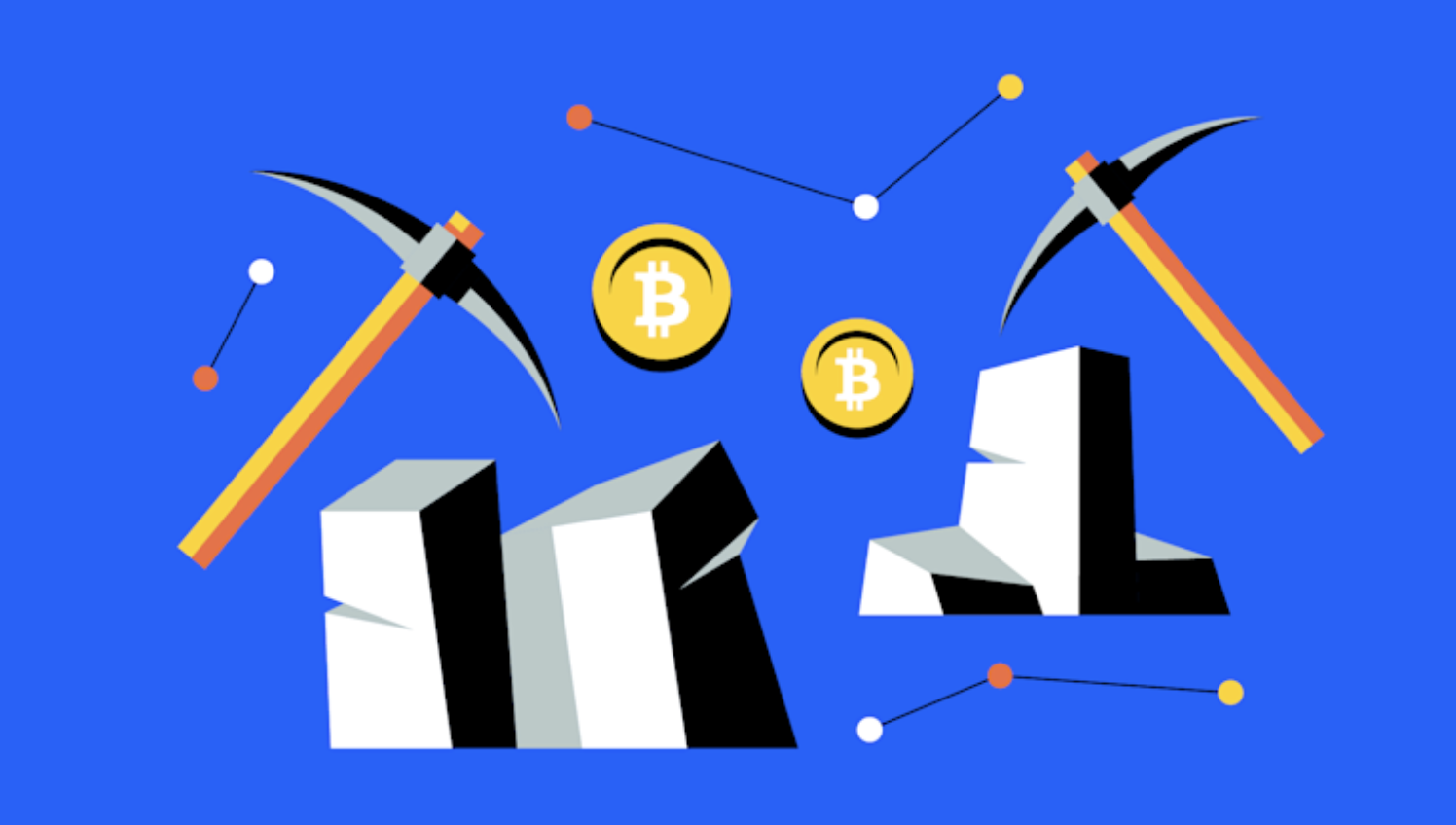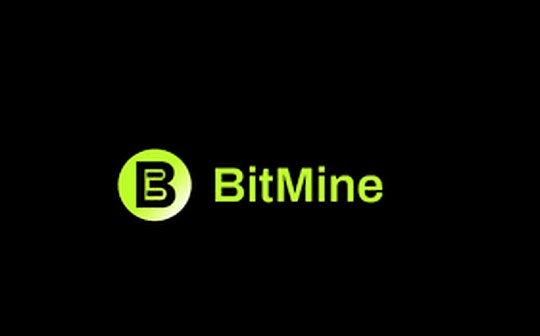
Burdened by debt and facing a power surplus, the "Battery of Southeast Asia" is looking towards energy-intensive cryptocurrency mining for profits.
Laos aspires to become the "Battery of Southeast Asia." Years of large-scale hydropower dam construction have left the country with excess electricity, but also brought a rapidly rising debt burden.
Now, to convert this surplus power into economic gain, the government has begun introducing energy-intensive cryptocurrency mining operations — a move that has attracted international attention and sparked domestic controversy.
In the multi-billion dollar digital asset mining industry, participants are rewarded with tokens like Bitcoin for solving complex blockchain algorithm puzzles, a process notorious for its high energy consumption.
However, Laos has built dozens of hydropower projects on the Mekong River and its tributaries, and now its power supply exceeds what the market can absorb.
Government trade data shows that electricity accounted for 26% of Laos's total exports last year. This landlocked nation, long among the poorest in Southeast Asia, is selling cheap hydropower to energy-hungry Asian neighbors seeking to meet climate goals.
But this hydropower construction boom has come at a cost. Environmentalists warn that the dams damage river ecosystem health, harm downstream agriculture and fisheries that rely on sediment-rich waters, and have forced tens of thousands — possibly even hundreds of thousands — to relocate.
Critics argue this policy sacrifices local livelihoods and ecosystems for economic returns that are questionable.
Meanwhile, Laos's debt continues to accumulate. The International Monetary Fund (IMF) states that a significant portion of dam financing comes from Chinese loans and foreign companies, but the return on this investment is slow due to Laos's lack of transmission infrastructure to export the surplus power.
Laotian officials are now seeking new ways to monetize idle electricity. Following a high-level meeting, the state-run Vientiane Times reported that policymakers are studying "long-term economic opportunities," including "generating economic value from surplus electricity... through digital asset mining."
While regulators remain cautious about the risks of volatile digital assets, Laos has begun issuing licenses to local cryptocurrency trading platforms and mining operations.
This move comes as ordinary citizens face high inflation, with the Lao kip losing about half its value against the US dollar over the past five years.
Compounding the situation, the US recently imposed a 40% tariff on exports from Laos, the second-highest rate among Washington's trade partners.
As of July 12, US President Donald Trump announced new tariff rates for dozens of economies and extended the tariff deadline to August 1, 2025.
Many environmental advocates view the turn to cryptocurrency mining as a symptom of a flawed energy policy — one that has saddled Laos with debt and an inability to absorb its excess power.
"Allowing electricity use for crypto mining is clearly not driven by domestic conditions," said Witoon Permpongsacharoen, director of the Mekong Energy and Ecology Network. "It stems from Laos's heavy debt burden and inability to repay it."
Paradoxically, Laos generates surplus power during the rainy season but must purchase electricity from neighbors during the dry season when hydropower output declines.
"Most of Laos's hydropower supply is seasonal; during the dry season, Laos buys back power from Thailand," said Pianporn Deetes of International Rivers.
Deetes stated that for communities relocated to make way for reservoirs and dams, most promised livelihood improvements have not materialized; many face greater hardship instead of prosperity.
She said Laos risks "taking the country's abundant natural resources away from the people, leaving them worse off, not better."
Nonetheless, the government's venture into cryptocurrency mining has attracted broad attention in the region seeking new sources of growth amid shifting global trade winds.
Laos aims to become a full-fledged digital economy by 2030 and is expected to graduate from the UN's list of "Least Developed Countries" next year.
Although China — Laos's powerful northern neighbor — banned cryptocurrency mining and trading in 2021 over financial stability concerns, Laos's cheap electricity has made it an attractive destination for Chinese miners, including for illicit activities.
The Lao government's latest move aims to bring these activities under official oversight and tax the industry through licensing.
The IMF sees the economic logic in monetizing surplus power, but challenges remain.
In November last year, the IMF warned that Laos has "significant public debt levels, posing challenges to its medium-term prospects"; under current policies, "inflation and debt distress could intensify, implying significant drag on growth over a longer period."
















